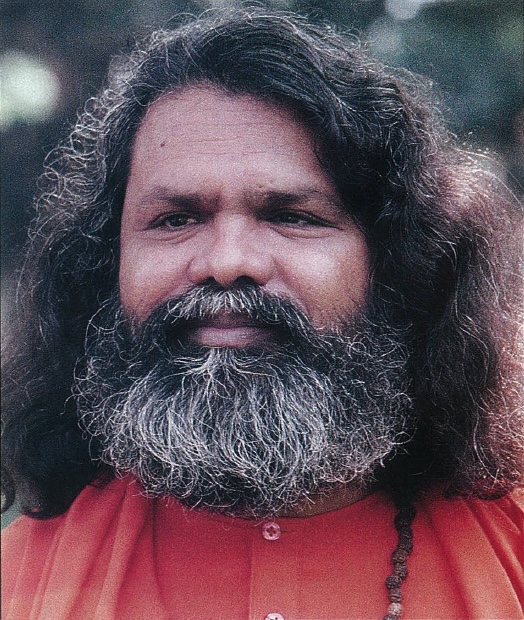Catholic clergy say it is not just physical exercise; it’s Hindu religion in disguise
Things were going well for Swami Maheshwarananda’s yoga program back in January, 2000. For 25 years his “Yoga in Daily Life” system had been successfully implemented throughout Slovakia in spas and training programs for top sportsmen. Soon, it seemed, it would be formally introduced into Slovakia’s school systemÑa remarkable achievement.
Developed by a team of specialists, including pedagogists, psychologists and medical doctors, a carefully designed hatha yoga (physical yoga) teaching procedure, suitable for the school system and based on Swami’s “Yoga in Daily Life,” was taught to more than 500 school teachers. On May 29, 2001, thirty of those teachers, having successfully finished the special training, received their diplomas right from the hands of the Minister of Education of the Slovak Republic, Milan Ftacnik, a staunch supporter of the program.
They were ready and inspired to teach yoga in their schools to children. Everything was set. Then it all fell through.
Unlike in the United States, where rigid separation of church and state tends to minimize any religious influence in the schools, Catholic and Protestant churches of Slovakia have a considerable impact on education. When yoga, which is a part of Hinduism, looked like it was going to enter the Slovakian school system disguised as an innocuous system of physical exercises, clergy denounced it as a threat to Christianity.
“Yoga is not [merely] gymnastics,” said Bishop Ivan Osusky of the Evangelical Church of Augsburg Confession, Slovakia’s largest Protestant denomination. “It leads to individualism, which further leads to belief in reincarnation. It is an onslaught of Hinduism.” A letter from Slovakia’s bishops likened the Catholic Church’s opposition to yoga in schools to “protecting the home from a stranger who enters, doesn’t introduce himself, touches your children and wants to take them away.”
Ftacnik, who belongs to no organized religion responded, “Yoga has existed here for decades and we have not become a Hindu country. Catholics, Baptists, Hindus or Muslims can practice yoga.”
In Parliament, according to a report by Brian Whitmore in The Boston Globe, the Christian Democratic Movement compared yoga to the Communist Party’s assault on Christianity, and threatened to withdraw its support for the ruling coalition government should the plan go forward.
To placate the opposition, Ftacnik proposed making yoga classes optional. Religious leaders balked. “We are a country deeply marked by communism … and have a spiritual vacuum now,” Osusky said. “There are risks associated with foreign influences. Thank God we are not America. Too much tolerance is harmful.”
“They don’t understand what yoga is or what the program is about,” said Michalko, one of Swami’s teachers, without refuting their basic point, the Hindu basis of yoga. “The Church does not want to give parents or children a choice. We have fundamentalist Catholics in Slovakia.”
For now, Swami’s yoga system, which was initially considered by the government as a method of addressing a growing number of back problems among Slovakian school children, has been stopped. The clergy of Slovakia are standing strong for their theology and letting parishioners know that, to be good Christians, they should not dabble in yoga, which has deep roots in Hinduism.


